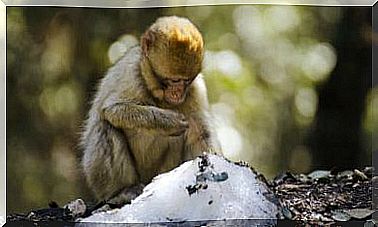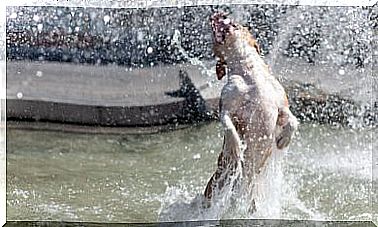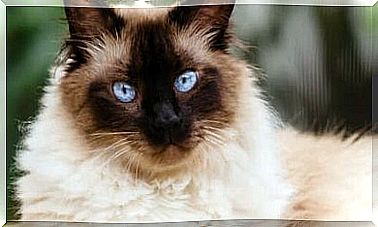Rachel Carson: Source Of Inspiration For Greta Thunberg?

Biologist and writer Rachel Carson is one of the most important conservationists in history and has been recognized as the mother of modern ecologism. His writings on the dangers of pesticides marked the beginning of the modern environmental movement.
His prose has awakened the conscience of the American public towards the environment and marked the starting point of an unprecedented national effort to safeguard nature from chemical destruction. The impact of his work is due to the use of clear and accessible language, easy to understand for the average reader.
Childhood, education and family context
Rachel Carson was born on May 27, 1907 on a farm in Springdale, Pennsylvania, United States of America. She was the youngest of the three children of Robert and Maria McLean Carson.
Thanks to his mother’s influence, he developed his love for nature. This allowed her to become a writer for children’s magazines at the age of 10.
She attended Pennsylvania College for Women (now Chatham University), graduating Magna cum laude in 1929. Later, she studied at the Oceanographic Institute in Woods Hole, Massachusetts, and Johns Hopkins University, where she earned her BA in Zoology in 1932.

Financial hardship forced her to give up looking for a doctorate to help support her mother and, later, two orphaned grandchildren. Later, after a granddaughter passed away in early 1957, Carson adopted her son and moved to Silver Spring, Maryland to care for her mother.
Beginning of his written work
Passing all other candidates in the civil service exam, Carson became the second woman hired by the US Department of Fisheries in 1936. He stayed there for 15 years, writing brochures and other materials for the public. She then received a promotion as editor-in-chief of all publications of the United States Fishing and Wildlife Service.
During those years, he wrote several popular books on marine life, including Under the Sea Wind and The Sea Around Us (1951). The latter was serialized in the New Yorker and sold worldwide.
These books constitute a biography of the ocean and made Rachel Carson famous as a nature writer and scientist who could be understood by the public.
She was awarded a National Scientific Writing Award, a Guggenheim Scholarship which, along with the sales of her books, guaranteed her economic independence. He stopped working for the government and moved to Southport Island, Maine in 1953 to focus on writing.
Rachel Carson’s masterpiece
Silent Spring is one of those books that made history, not for inciting war or violence, but for altering the direction of human thought.
The book mainly focuses on the effects of pesticides on ecosystems, but four chapters detail their impact on humans, causing cancer, among other things.
With this book, the shy writer challenged the practices adopted by agricultural scientists and the government and demanded a change in the way humanity viewed the natural world.
Describing the dangers of chemical pesticides, his book led to a national ban on the use of DDT and other pesticides. In addition to this, it allowed the birth of the movement that eventually led to the founding of the United States Environmental Protection Agency (EPA).
The chemical industry responded by accusing her of spreading false information. The chemical companies tried to discredit her, calling her Communist and hysterical.
Carson had to testify before the United States Congress in 1963 to demand new policies in defense of human health and the environment.
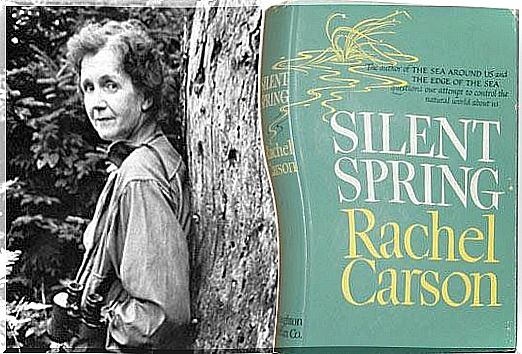
A secret love?
In 1955 he began a relationship with Doroty Freeman. To the world, the two women were close friends. Freeman, who was in her fifties at the time, was married and had children, and she made an effort to hide the nature of her clandestine relationship.
Although much of their correspondence was destroyed shortly before Carson’s death, the rest saw public light in 1995 by Freeman’s granddaughter in a publication entitled “Always, Rachel: Letters from Rachel Carson and Dorothy Freeman, 1952-1964 : An intimate portrait of a remarkable friendship ”.
Breast Cancer, Her Awards and Rachel Carson Legacy
Gravely ill with breast cancer, Carson died two years after her book was published. Following her death, in 1980 she was posthumously awarded the Presidential Medal of Freedom. His houses are considered National Historic Places and currently several awards bear his name.
Seven years later, in 1970, the Congress of the United States of America founded the Environmental Protection Agency, a direct consequence of the environmental movement that arose with Silent Spring .
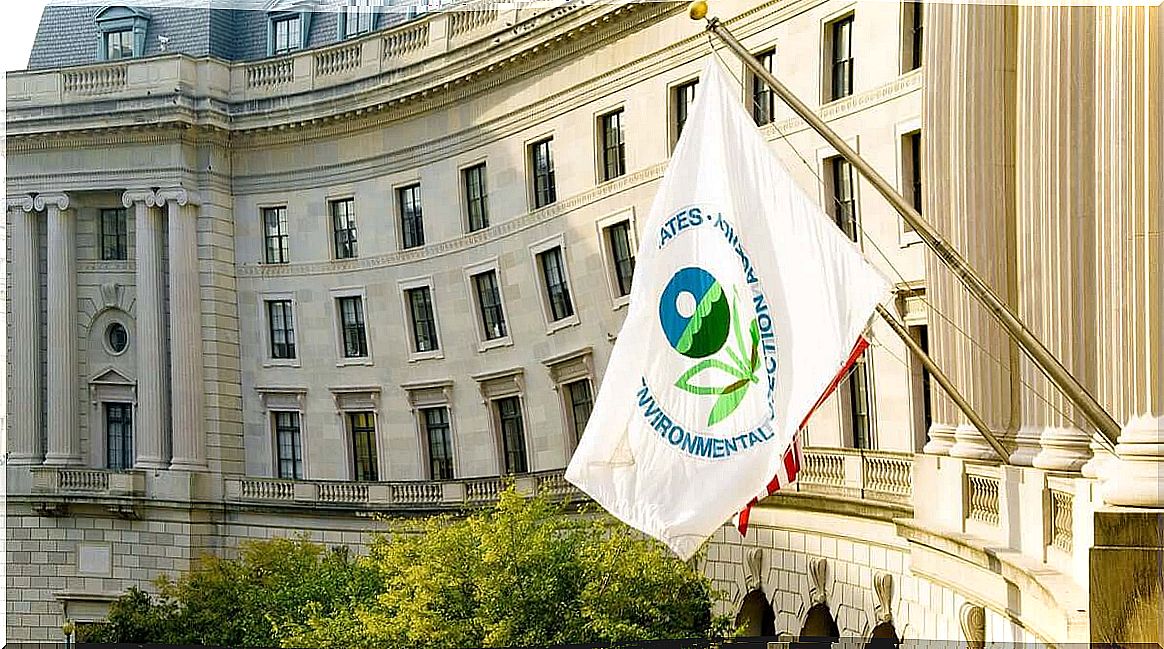
Two years later, in 1972, the government banned the use of DDT, the pesticide that had nearly extinguished the national symbol of the United States, the bald eagle, and other birds.
Her testimony of the beauty and integrity of life continue to inspire new generations to protect the living world and all its creatures. In light of this, there are those who believe that Rachel Carson may be one of the great figures that inspired young people like Greta Thunberg.
